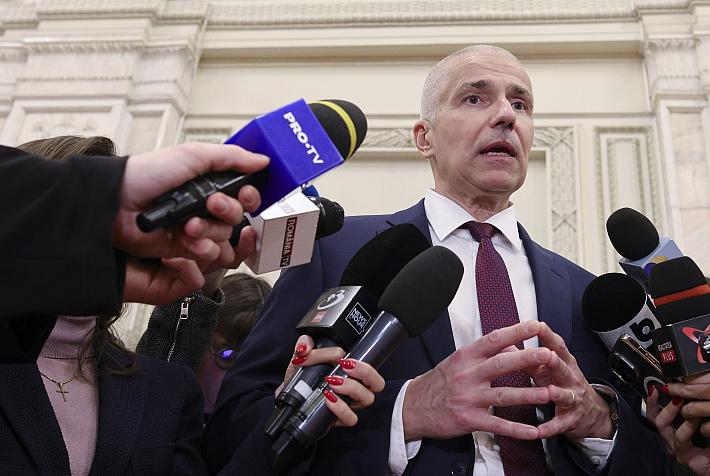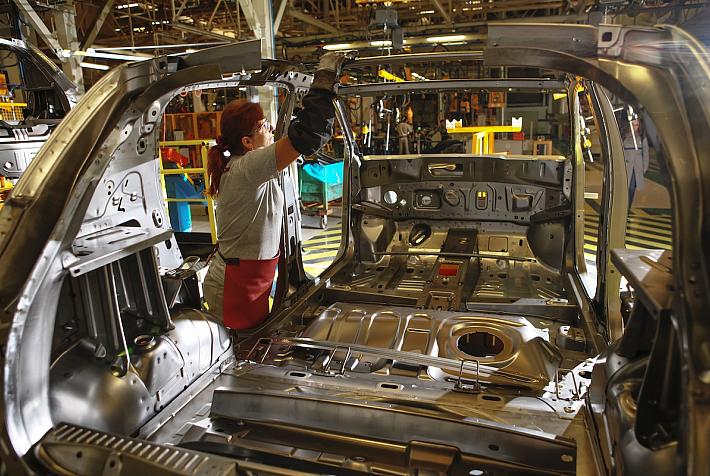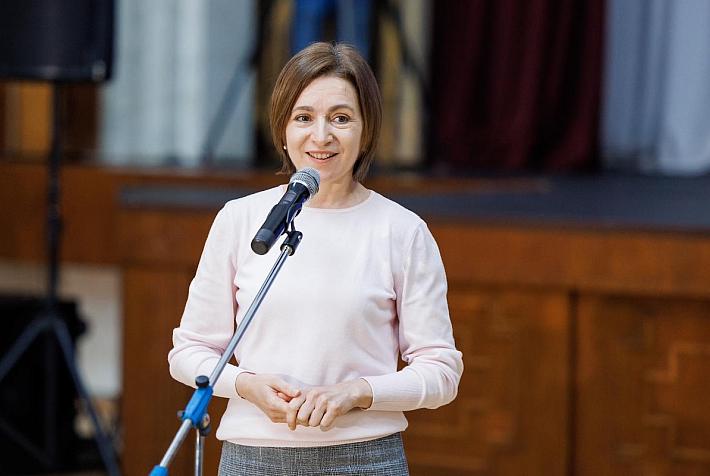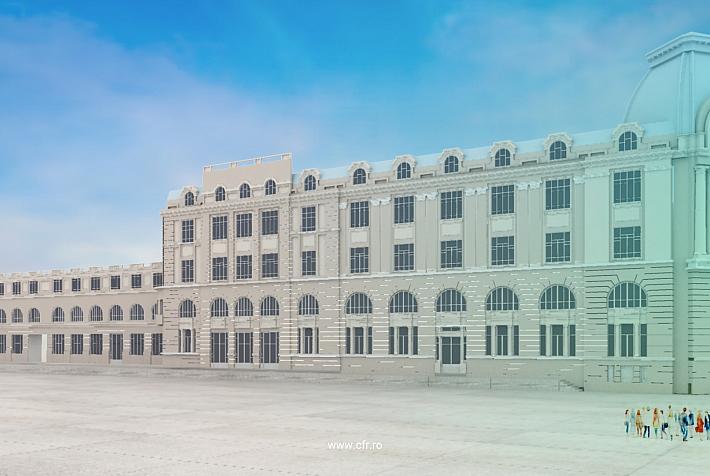First census results show Romania’s population is shrinking
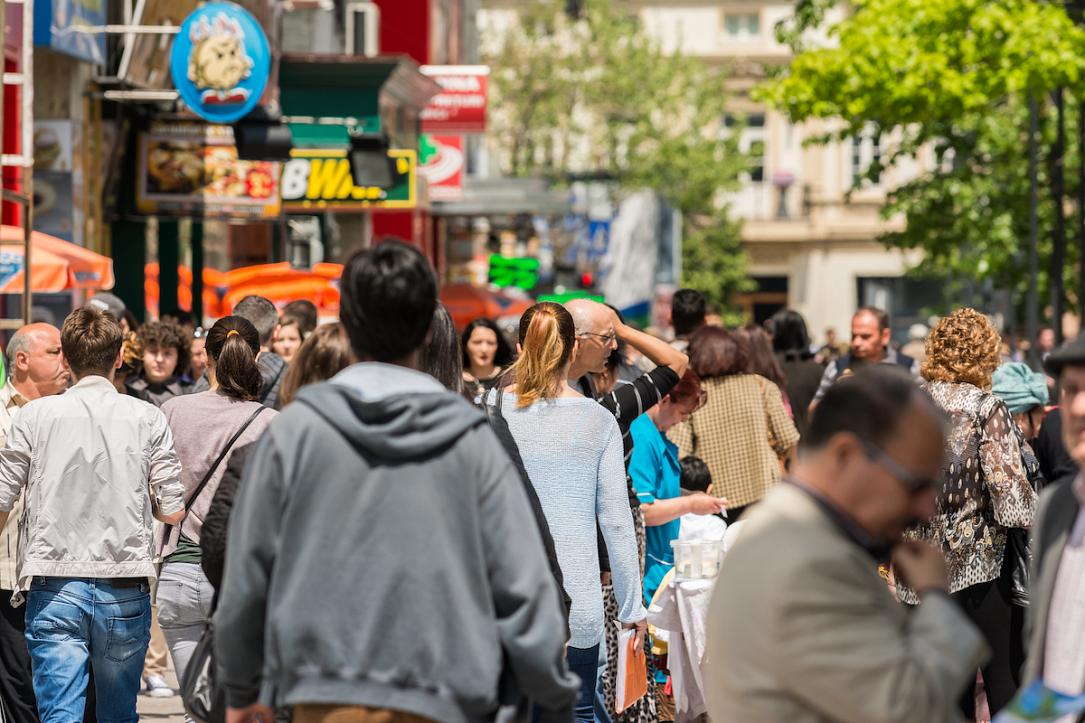
Romania’s resident population dropped to 19,053,815 inhabitants, the first results of the 2022 census show. Compared to the previous, 2011 census, Romania lost 1.1 million inhabitants.
Of the total population, 8,185,049 are active people, down from 9,180,337 active people out of a population of 20,121,641 in 2011.
Of the active population, 7,688,967 are employed, and 496,082 unemployed. In 2011, there were 8,507,759 active people and 672,578 unemployed.
The inactive population stands at 10,868,766, a slight drop compared to the 10,941,304 people recorded in the 2011 census. Of the 10.8 million inactive people, 3,477,027 are pupils or students, and 4,288,077 are retirees. Another 1,169,829 are described as stay-at-home. A total of 1,049,167 people are supported by another person, and 112,636 are supported by the state or other organizations.
The census showed 9.8 million or 51.5% of the total population are women, and 9.9 million (52.2%) live in urban areas.
Of the country’s 42 counties (including Bucharest), 39 saw a decreasing number of residents. The exceptions are Ilfov county, which added 153,900 inhabitants, and Bistrița-Năsăud and Suceava, which added 9,800 and 7,700 inhabitants respectively.
When it comes to the ethnic and confessional structure, information regarding ethnicity were available for 16,568,900 people. A total of 14,801,400 census respondents are Romanian, 1,002,200 Hungarian, and 569,500 Roma. Ethnic groups with more than 20,000 people were Ukrainians (45,800), Germans (22,900), and Turks (20,900).
A total of 16,397,300 people declared their religion in the census, with 85.3% of them declaring themselves to be Orthodox. Another 4.5% declared themselves Roman Catholic, 3% Reformed, and 2.5% Pentecostal. Percentages between 0.4 and 0.8 were recorded for the following religions: Greek-Catholic (0.7%), Baptism (0.6%), Seventh-day Adventist and Muslim (0.4% each). A total of 0.9% declared themselves “without any religion,” atheists or agnostics.
Regarding education, the census showed 43.5% of the resident population have an average education level (high school, professional or technical education), 40.5% have a basic education level (having finished primary and secondary school cycles or no school at all), and 16% have graduated from a higher education institution. A total of 143,600 people were illiterate, down from 245,400 at the 2011 census.
The census was carried out in 2022, after being postponed from 2021 because of the pandemic.
(Photo: Radub85/ Dreamstime)
simona@romania-insider.com








